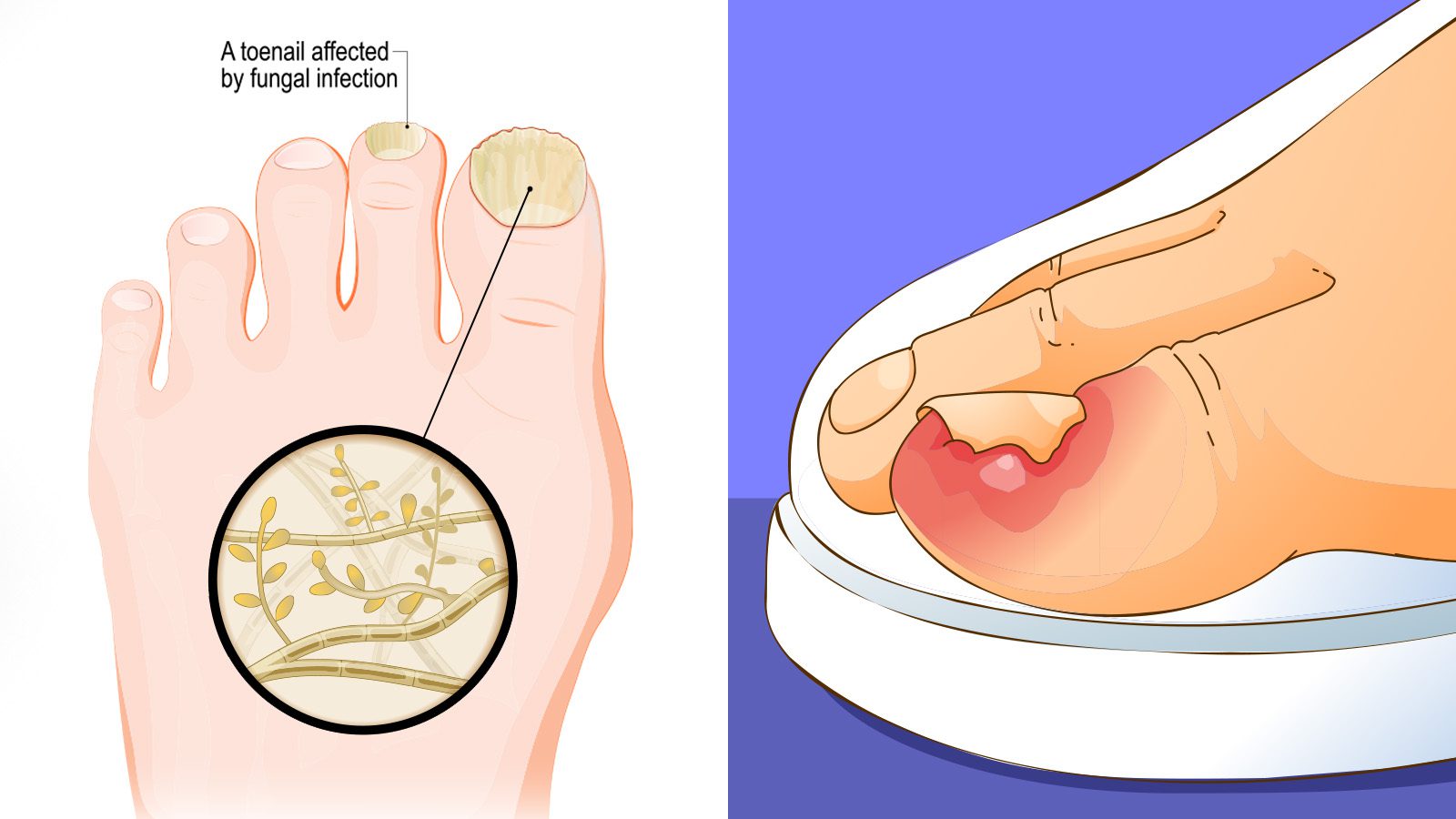Developing a lump on the neck is scary, especially if you don’t know the cause. While most neck lumps turn out to be harmless, some of them indicate serious health concerns. Understanding the causes, diagnosis process, and treatment options can help you address the issue correctly.
A lump on the neck is sometimes called a neck mass, and it can be large or small. These masses can indicate things like an infection or cancer growth, although it could be less severe. Even if you think it isn’t a serious issue, having it checked by a professional is the best option.
The many muscles, tissues, and organs near the neck make neck lumps a common occurrence.
Neck swelling can originate in quite a few places, including the following locations:
- lymph nodes
- thyroid gland
- parathyroid glands
- recurrent laryngeal nerves
- neck muscles
- the trachea or windpipe
- the larynx or voice box
- cervical vertebrae
- sympathetic and parasympathetic nervous system
- the brachial plexus
- salivary glands
- arteries and veins
With the many areas that can experience neck masses, it is essential to understand what could be going on. You can compare your lump to pictures of neck lumps to help you determine the cause. From there, seek professional help for diagnosis and treatment.
What is a Neck Lump?
A neck lump is any swelling, bump, or lump in any part of your neck. The masses can be hard or soft and tender or non-tender and in or under the skin. Additionally, a lump in the neck can come from tissues, muscles, organs, or other components within your neck.When neck lumps occur in children, it is typically the result of treatable infections. They should receive treatment right away, though, so that they don’t experience further complications. When adults get neck masses, there are a wide variety of reasons.
Common Underlying Causes of Neck Lumps
There are many potential causes of neck lumps or masses, including the following conditions:
- swollen or enlarged lymph nodes due to ear or sinus infections, tonsillitis, strep throat, dental infections, or bacterial infections
- infectious mononucleosis
- goiter
- sebaceous cyst on neck
- abscess
- skin cancer
- thyroid nodules
- branchial cleft cyst
- tonsillitis
- Hodgkin’s disease
- non-Hodgkin’s lymphoma
- thyroid cancer
- lipoma
- autoimmune diseases
- mumps
- enlarged salivary glands
- injury or torticollis
- leukemia
- HIV
- herpes simplex
- rubella
- viral pharyngitis
- cat scratch fever
- tuberculosis
- allergic reactions to medication or food
- skin irritation
- a boil
- acne
- muscle knots
- hyperthyroidism
- developmental abnormalities
- blood vessel lumps
- tumors
- paraganglioma
- a stone or stenosis
Symptoms Associated with Neck Lumps
Since neck lumps result from a variety of things, the symptoms vary, too. Some people have no symptoms at all, but others have symptoms that include:
Upper Respiratory Tract Infection
Upper Respiratory tract infections are a symptom often associated with cervical lymphadenitis. Another type of lump, congenital masses, are typically present at birth but rapidly enlarges after an upper respiratory tract infection.
Progressive Enlargement
If the mass wasn’t present before and progressively enlarges, it could indicate metastatic carcinoma.
Swelling After Meals
When the submandibular or parotid area swells after meals, it indicates a salivary gland duct obstruction. This issue could be a result of a stone or stenosis.
Fever, Night Sweats, Fatigue, or Weight Loss
When these symptoms occur together, it is indicative of a systemic infection or condition. They happen as a result of lymphoma, but there could be other causes, as well.
Sore Throat, Pain on Swallowing, or Cough
These symptoms can suggest an upper aerodigestive tract malignancy. Additionally, the symptoms are often present in people over 40 who smoke cigarettes.
Sore Throat, Difficulty Swallowing, or Ear Pain
If these symptoms accompany enlarged lymph nodes, it is likely due to an infection.
Trouble Breathing or Sounding Hoarse
When a neck lump is blocking the airway, you might experience these symptoms. They often occur together, but sometimes you will only experience one.
Skin Changes
When skin changes accompany neck lumps, it is a sign of cancer. Seek professional advice immediately if you notice changes in your skin.
Blood or Phlegm in the Saliva
If you have a lump and these symptoms accompany it, you might have cancer. Don’t panic, though, because there are also less severe causes.
The Lump on Neck is Soft and Flexible
When the lump is soft and flexible, it could indicate a lipoma, a knot of fatty tissue. A lipoma is typically harmless and will go away on its own.
Pain in or Around the Lump on Neck
If the lump is painful or tender, it is likely a pimple or abscess. These issues are harmless, but you must be careful so that you don’t develop an infection.
What Could the Neck Lumps Mean?
Neck lumps happen to anyone despite their age, and it isn’t always a sign of severe health issues. You should still see a healthcare professional be sure, though, because many severe conditions can cause a lump too. The sooner you receive confirmed answers, the sooner you can choose how to move forward.
A lump on the neck could come from you’re your skin or anything beneath it. The location of your mass can help determine the cause and what it could mean. Most lumps are not serious and disappear without treatment after a while.
However, since it can indicate something serious, it’s best not to assume it’s nothing. Don’t ignore a lump on your neck, especially if it is associated with something severe.
The sooner you get a diagnosis and begin treatment, the better your outcome will be. The American Academy of Otolaryngology explains that most neck cancers can be cured with early detection.
When Should I Worry About a Lump in My Neck?
In some instances, you should worry about a lump on the neck and seek professional help immediately. You should worry about a lump in your neck when:
You Experience Other Signs
When the lump on your neck accompanies chills, fever, or nausea, seek medical attention right away. It signifies an infection, and your symptoms can quickly worsen.
The Lump Grows in Size or Doesn’t Heal.
When the lump doesn’t heal and continues growing, it is a sign of melanoma. You shouldn’t wait to schedule an appointment with your doctor if this is the case.
You Are Unsure
Anytime you are unsure about something related to your health, you should see a professional. It is best to play it safe rather than ignore something serious.
It is Red or Tender
When the lump is red or tender, it could indicate an infection. You may need treatment to get rid of the infection and start the healing process.
The Lump is Hard or Solid
When your neck mass is hard or solid, it indicates a severe condition. It could be a sign of cancer and should be looked at immediately, especially if it grows.
You Start Losing Weight Without Trying
If weight loss accompanies your neck lump, it is a sign of something more serious. Visit your doctor right away.
Your Voice Changes
If you notice changes in your voice, especially hoarseness, pay attention to the duration. If the change lasts for more than three weeks, you should worry.
You Experience Difficulty Swallowing
There could be many reasons for trouble swallowing, but some of them are serious. Seek your doctor to be sure.
You Have Trouble Breathing
Difficulty breathing or feeling out of breath can indicate a blockage or a stone. This doesn’t typically go away on its own.
You Cough Up Blood
Anytime you cough up blood, it is alarming, and you should worry. When it happens along with a lump on your neck, it requires immediate attention.
Diagnosing A Lump on Neck
Knowing what to expect when getting your lump diagnosed can help make the process easier.
Understanding Your Health History
Your doctor will likely ask about your health history, lifestyle habits, and symptoms. If you smoke cigarettes or drink alcohol, they’ll want to know how much and how often.
A Physical Exam
Your doctor will want to do a physical exam to check out specific areas of your body. They’ll focus on your scalp, ears, eyes, nose, mouth, throat, neck, and skin.
Referral to an ENT Specialist
In some instances, your doctor might refer you to an ear, nose, and throat (ENT) specialist. The specialist can perform procedures to help with a diagnosis.
Complete Blood Count
Your doctor will likely want a complete blood count to evaluate your health and offer insight into potential conditions. If your white blood cell count is high, your doctor will know to look for an infection.
X-Rays
A chest X-ray helps your doctor determine a problem in your trachea, lungs, or chest lymph nodes. They might also do a sinus X-ray to look for any potential issues in those areas.
An Ultrasound of The Neck
Ultrasound is non-invasive and offers an effective way to evaluate your neck lumps. Your doctor can rule out or diagnose quite a few issues based on the results.
An MRI
Your doctor might want you to get an MRI on your head and neck. An MRI gives detailed images of the structures inside of your head.
Radioactive Thyroid Scan
A radioactive thyroid scan can help check for issues in your thyroid. It can show goiters, thyroid nodules, and other problems within the area.
Thyroid Biopsy
If your doctor discovers that the growth is coming from your thyroid, they’ll want to look further. They will likely order a thyroid biopsy to learn more about the lump on your neck.
Surgery
If the lump is a mass, tumor, or cyst on the neck, your doctor might want you to have surgery to remove it.
Tissue Sample
If the doctor can’t determine the cause, they might request a tissue sample. This test can help them provide an accurate and complete diagnosis.
How Are Neck Lumps Treated?
Your treatment plan will depend on your diagnosis and the underlying cause. When a bacterial infection causes a lump on your neck, you will need antibiotics. Antibiotics are also used for abscesses.
For a cancer diagnosis, your treatment could vary between surgery, radiation, and chemotherapy. Skin tumors typically require an operation to remove cancer, while chemotherapy is used for blood-related cancers.
If swollen lymph nodes cause the lump on your neck, they likely won’t require treatment and will go away once you feel better. Sometimes, you might need treatment to heal from the underlying cause of the lymph nodes, though. Once you treat the cause, you will notice that the lymph nodes return to their regular size.
Additionally, sebaceous cysts don’t typically require medical attention or treatment. If you want them removed anyway, the area will be numbed and cleaned before removal. For an infection under the cyst, your doctor might drain the area and prescribe antibiotics.
If thyroid issues cause the lump, your doctor might prescribe replacement thyroid hormones. These hormones will help regulate the thyroid and help it return to regular size.
When stones in the salivary ducts cause the lump, it is essential to have the blockages cleared. Only when the stones get removed will the mass on your neck disappear.
For lumps that aren’t severe, you can try using a warm compress to ease abscesses or cysts. The treatment that works for one person might not work for you, so make sure to follow your doctor’s advice.
Final Thoughts on Lump on Neck: Pictures, Causes, Diagnosis, And Treatment
A lump on the neck isn’t something you should ignore, even if you think it’s nothing serious. It is better to be safe and protect yourself than to ignore a potentially severe health condition. Understanding the causes, diagnosis process, and treatment options can help you.
Compare your lumps to the pictures and see if any of them match up. Even if they don’t match the photos, seek medical treatment to get an official diagnosis. Your doctor can help you determine how to eliminate the lump on your neck and begin healing.



















